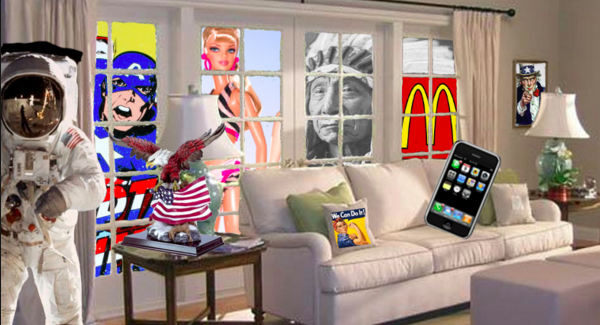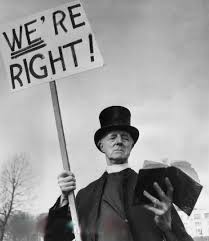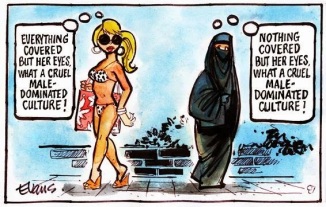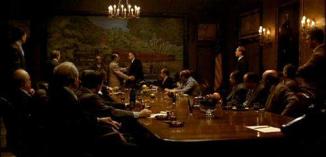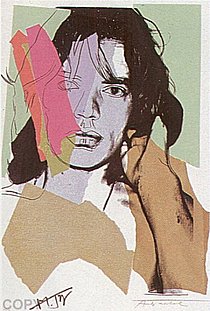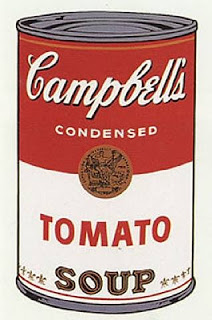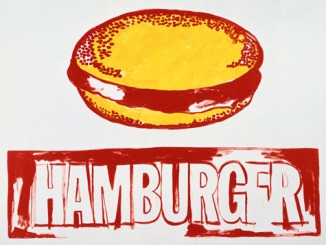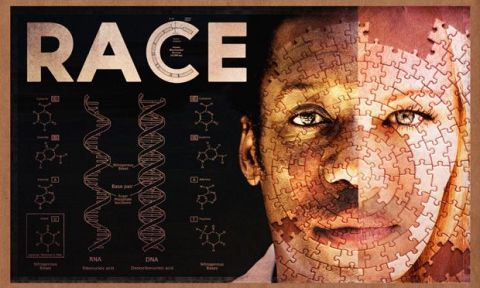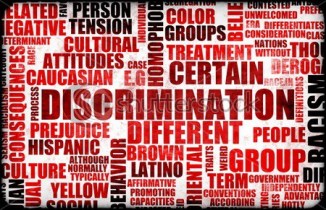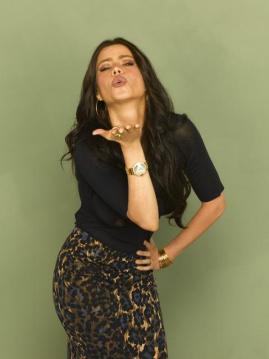As we already know, postmodernism movement began to rise right after the fall of modernism, that followed the idea of the traditional art.
Postmodernism pushed the boundaries of norms and had an impact on every type of art: architecture, literature, films and many more. The definition of postmodernism implies questioning rational or scientific explanations, expressing opinion or emotion in a “new”, unknown way.
A perfect example of postmodernism could be South Bank Graffiti Tunnel, also known as “Bansky Tunnel“. It is about 300 metres long, runs off York Road and under the platforms and tracks of Waterloo station. The tunnel is known for its’ walls, decorated with graffiti, it is originally created for”Cans Festival “and organised by Banksy in 2008. Banksy is a British graffiti artist, that uses his art in order to mock today’s society. In his works, Bansky highlights the greatest issues of today’s society. Dark humour and irony are always present in his way of expression.
“Together we will transform a dark forgotten filth pit into an oasis of beautiful art” – said Bansky and was right.
Today anyone can legally paint on the walls of Leake Street Tunnel, though recent artworks don’t stay there for long, as the new artists come to overlap it with their own artwork. Despite the short life of graffiti (2-5 days), the tunnel is still one of the most popular attractions in South Bank, thanks to the scary shows and events within the tunnel.
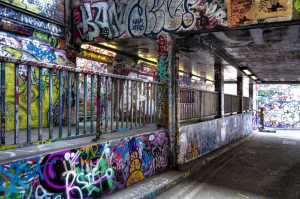
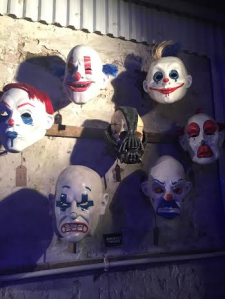
Another example of postmodern influence is the skateboarding area in South Bank. The undercroft of the Southbank Centre became home for many young people, whose lifestyle consists of such activities as skateboarding, bicycling and roller skating. The skateboarding area exists for over 40 years, however it did not stop the government from wanting to replace it with “Eat” and another ” Starbucks”. Though, after a long 18 month battle the supporters of a Facebook group” Save the Southbank Skateboarding” have finally obtained the agreement of keeping the undercroft. The followers of a street lifestyle convinced the government to keep the area, as it symbolises a historical value for many generations.


